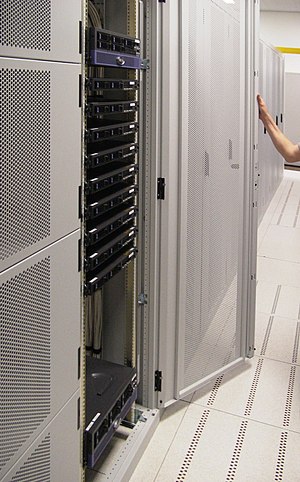 Recently, Rob Mills wrote a post on Think Vitamin proclaiming death to traditional web. He was pointing out the widespread use of mobile devices and the next wave of iPad like devices and argued that this will make traditional web secondary to mobile sites and apps.
Recently, Rob Mills wrote a post on Think Vitamin proclaiming death to traditional web. He was pointing out the widespread use of mobile devices and the next wave of iPad like devices and argued that this will make traditional web secondary to mobile sites and apps. The web is dead. OK, it isnŌĆÖt but it might be dying a slow painful death when it comes to how users access online tools and the platforms they use to carry out certain tasks.
There are huge advantages to iPhone, iPod TouchŌĆÖs and the mobile web but it does mean that designers and developers now have new parameters in which to be creative, a world where attention to detail prevails, or at least it should. Will it be that the traditional web will be secondary to mobile/iPhone/iPad sites?
- First, and foremost, he has completely misunderstood the very nature of web itself. For some odd reasons, he thinks various websites and applications that are part of the web itself as the web. For me, it is a very simplistic view. Rather, I see web as a platform on top of which we build these many different websites and applications. A simple design problem doesn’t mean a death to the very platform itself.
- Unlike many other platforms, web is a continuously evolving platform. It started as a collection of documents and evolved into a platform on top of which applications can be built. Then, we added a social layer on top of the platform to do wonderful things. Next, it is evolving into a web of data, making the platform much more robust. The next evolution is going to help us develop more intelligent applications. The web as a platform will continuously evolve offering us newer ways to build applications on top of it. Such evolving platforms rarely die a fast death. Sorry my friend, the design issue you are quoting will not kill the web.
- Plus, the author seems to be completely ignoring what will happen when HTML5 takes further foothold in the web. We cannot dismiss HTML5 as inconsequential. Who would have thought till few months back that Flash could face a potential danger of losing the dominance in the video marketplace. If anyone had talked about death to flash sometime last year, we would have strongly recommended a visit to his/her Psychiatrist. Apple’s refusal to allow flash on iPad has made talk about potential death to flash plausible. We should not underestimate what HTML5 can do to web in the coming years.









